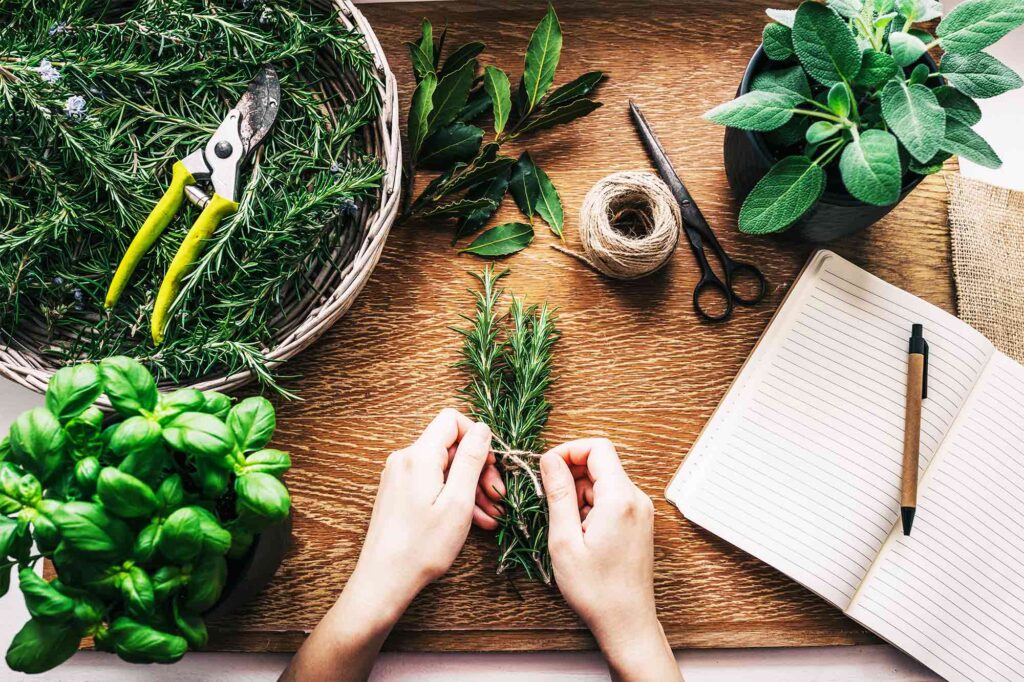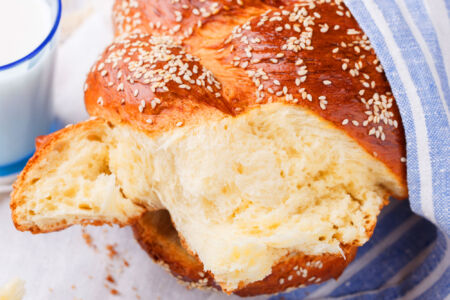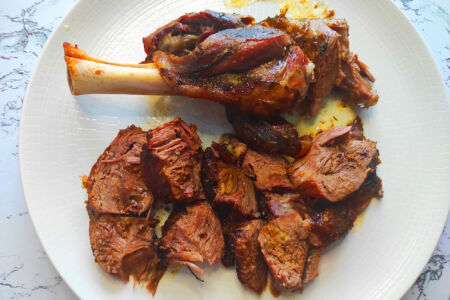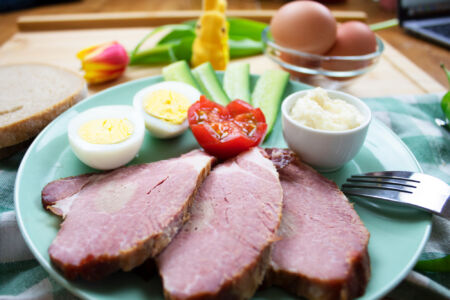Seasoning and Flavor Pairing. Do you have your favourite seasoning and flavor pairing what you use daily?
In the world of culinary arts, spices are the unsung heroes. They have the power to transform a dish from ordinary to extraordinary. Beyond their ability to add depth and complexity to flavors, spices hold a fascinating history of trade, exploration, and cultural exchange.
Join us on a flavorful journey. We embark on the quest of decoding spices, delving into the art of seasoning and the intricate science of flavor pairing.

A Rich Tapestry of History
Spices have captivated human civilization for millennia. From the ancient Silk Road to the Age of Exploration, spices have been traded across continents driving explorers to chart new lands and merchants to amass great fortunes.
The allure of spices, like cinnamon, pepper, and saffron, was so strong that it sparked fierce competition, leading to the discovery of new lands and the shaping of modern geopolitics.

The Science of Flavor
But what is it about spices that makes them so magical?
The answer lies in the science of flavor. Spices are a symphony of aromatic compounds, each with its own unique character. They contain volatile oils and chemicals that create sensations on our taste buds and olfactory receptors.
When combined in the right proportions, these compounds can harmonize to create new and unexpected flavors.
The Art of Seasoning
Seasoning is the culinary practice of enhancing the flavor of food using spices, herbs, and other flavorings. It's a delicate balance that requires a keen understanding of the ingredients at hand.
While some spices, like the warm embrace of cinnamon in a pumpkin pie, are a match made in heaven, others require a more nuanced touch.
The careful interplay of sweet, salty, sour, and umami flavors can elevate a dish to culinary perfection.

Flavor Pairing Magic
The art of flavor pairing is where the true magic of spices comes alive. Chefs and food scientists alike have devoted countless hours to uncovering the perfect pairings that ignite our taste buds and create unforgettable dining experiences.
The complex chemistry of flavor interactions can lead to unexpected combinations that surprise and delight our taste buds.
For example, the pairing of strawberries and black pepper may seem unusual, but the bright acidity of the berries and the subtle heat of the pepper create a symphony of flavors that dance on the tongue.
Similarly, the classic combination of garlic and rosemary is a marriage of earthy, pungent, and aromatic notes that elevate roast meats and potatoes to a heavenly level.
Some herbal pairing examples
Basil and Garlic - A classic Italian duo used in pasta dishes and sauces.
Thyme and Rosemary - These two herbs complement each other in Mediterranean and roast recipes.
Cilantro and Cumin - A staple in Mexican and Indian cuisine, this pair adds depth to dishes like salsa and curry.
Oregano and Red Pepper Flakes - A dynamic duo for adding heat and flavor to pizza and pasta.
Mint and Coriander (Cilantro) - A refreshing combination often found in Middle Eastern dishes like tabbouleh.
Parsley and Lemon Zest - A zesty pair that brightens up seafood and chicken dishes.
Sage and Thyme - Perfect for seasoning poultry and stuffing.
Dill and Mustard Seed - A classic combo for pickles and fish dishes.
Chives and Tarragon - A harmonious pair for enhancing the flavor of sauces and salads.
Basil and Pine Nuts - A key duo in pesto sauce.
Rosemary and Garlic - An aromatic combination for roasting meats and vegetables.
Cilantro and Lime - The foundation of many Latin American and Thai dishes.
Mint and Cumin - Often used in Indian and North African cuisine for a burst of flavor.
Parsley and Basil - A fresh pairing for Mediterranean dishes and herbaceous sauces.
Thyme and Bay Leaves - A classic combination for soups, stews, and braises.
Chives and Garlic - Great for adding a savory kick to mashed potatoes or buttered corn.
Cilantro and Green Chili - Essential in many Mexican and Thai dishes.
Coriander and Cardamom - Often used together in Indian spice blends.
Tarragon and Dijon Mustard - A classic French pairing for dressings and sauces.
Cayenne Pepper and Paprika - A spicy and smoky combination used in many Cajun and barbecue recipes.
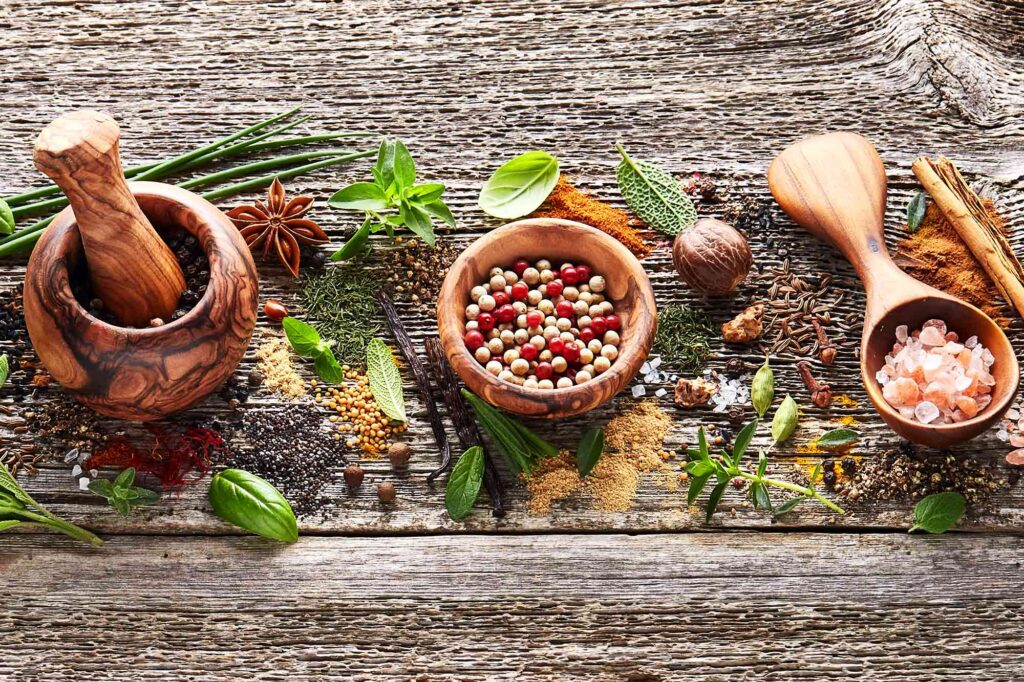
These herb
and spice pairs offer a wide range of flavor profiles that can be used to enhance a variety of dishes from different cuisines. Experiment with them to discover your favorite combinations for your cooking adventures.
The Spice of Life
As we venture deeper into the world of spices, it becomes clear that they are not just condiments but a living history of human civilization and a testament to the artistry of chefs and home cooks alike.
From the bustling markets of ancient times to modern kitchens around the world, spices continue to be the key to unlocking the full potential of our culinary creations.
So, the next time you sprinkle a pinch of your favorite spice into a dish, remember that you're not just adding flavor, you're participating in a tradition that spans centuries and transcends borders.
The world of spices is a sensory journey, a fusion of science and art, and a testament to the boundless creativity of the human taste buds.

